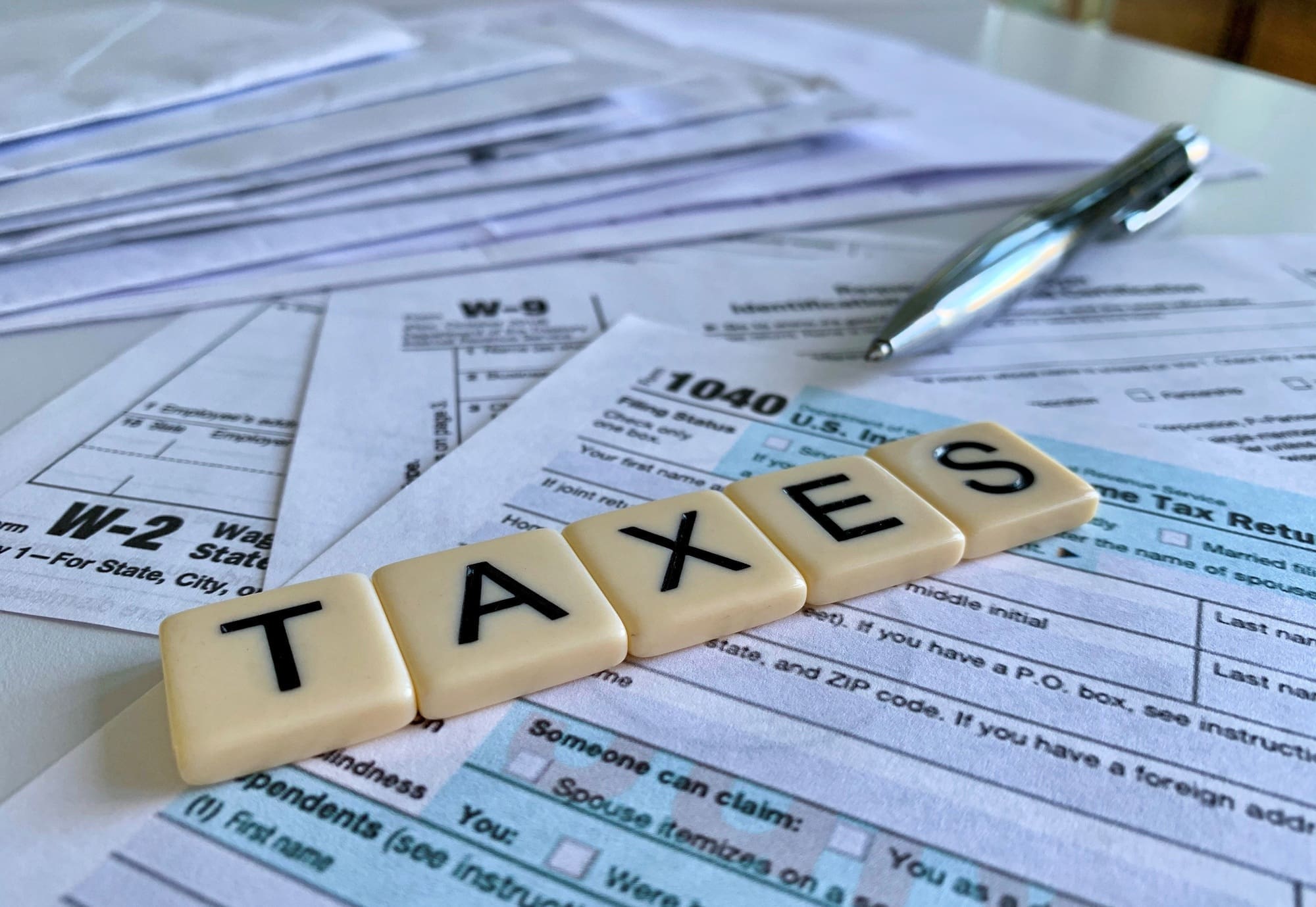Finance (No 2) Bill was published on Tuesday 25 March, debated in the Chamber of the House during the afternoon of 26 March and received Royal Assent on Thursday 27 March.
Finance Act 2015 is 340 pages long and contains 127 sections and 21 Schedules !!!
For those who are not entertained by this impressive document I am picking out my personal thoughts on the most significant and relevant items, including some not in the Finance Act, in three blogs covering the capital taxes, business and corporate and ‘the rest’. This third and final blog summarises my pick of the ‘the rest’.
For those who are entertained by a good Finance Act here is the link to the legislation – https://goo.gl/yNY27Z. These brave souls should be aware that the average length of Finance Acts during each year of the Coalition was just over 500 pages …. so by the time there is a second Finance Act after the May election the length of Finance Acts in 2015 will be very similar.
Diverted Profits Tax
This new regime came into effect on 1 April of this year for large groups or companies.
As well as an additional 25% tax on relevant profits ( section 79 ) these measures imply a further and considerable administrative burden for affected businesses. This part of the the legislation is quite dense( Sections 77 – 116 ) and is covered by the whole of part 3 of the Act.
Pensions
The new flexibility rules affecting how funds may be drawn down is undoubtedly welcome and Schedule 4 is worth a look.
Being able to pass on annuities tax-free like pension funds following a death are also to be welcomed.
Remittance Basis charge
Non-UK domiciled individuals should be aware of the new bandings and charges based on the length of UK residence.
Care in calculating the number of years will be particularly needed for those that have previously left the UK and returned.
The £50,000 charge is increased to £60,000 and there is a new £90,000 charge ( section 24 ).
Farmers’ Averaging
Currently, farmers are able to average their profits over two years where the difference between the profits of the two years is at least 30% of the profits for the year with the better result. Where the difference is between 25% and 30% of the profits for the better year, there is a form of tapering. Below 25%, averaging is not available. This enables farmers to maximise the profits that are subject to basic rate income tax, and to obtain a measure of relief for fluctuating profits.
From April 2016 the period over which self-employed farmers are able to average their profits for income tax will increase from two years to five years. The government will engage with stakeholders later in the year on the detailed design and implementation of the extension.


